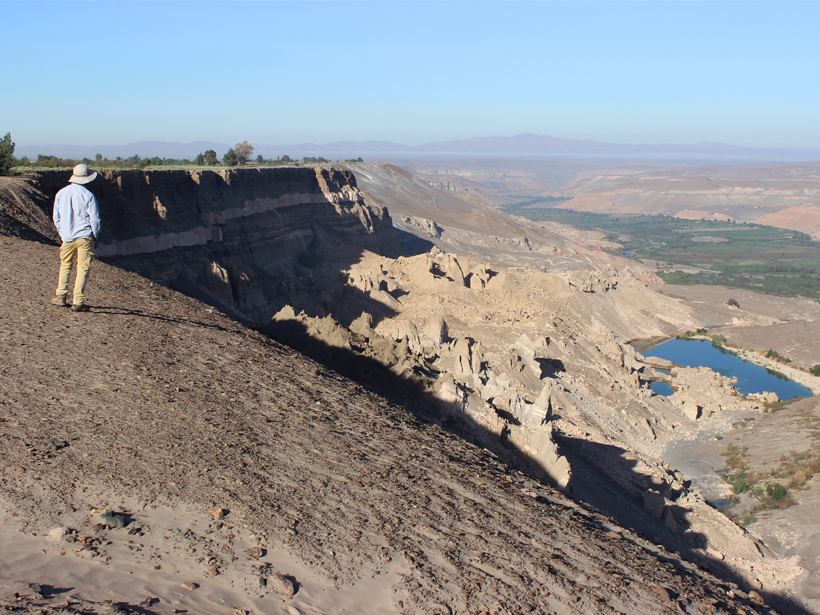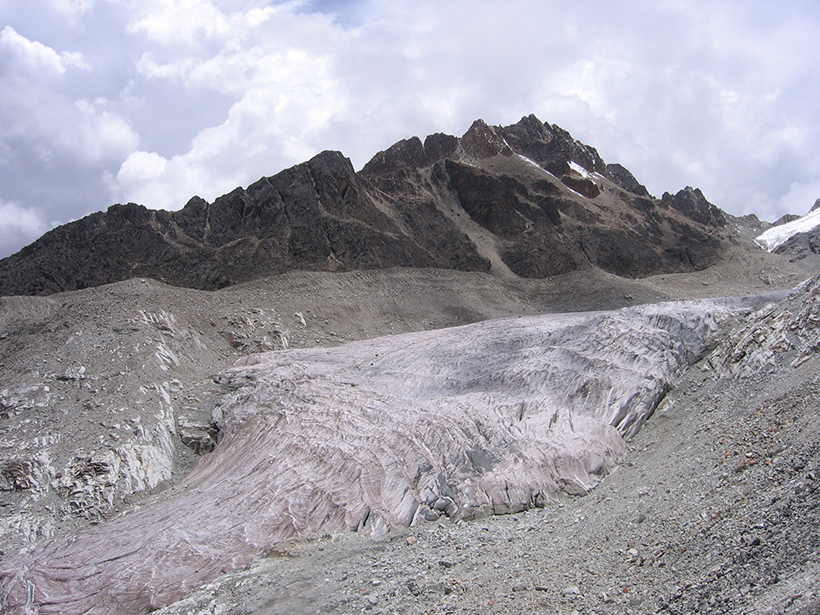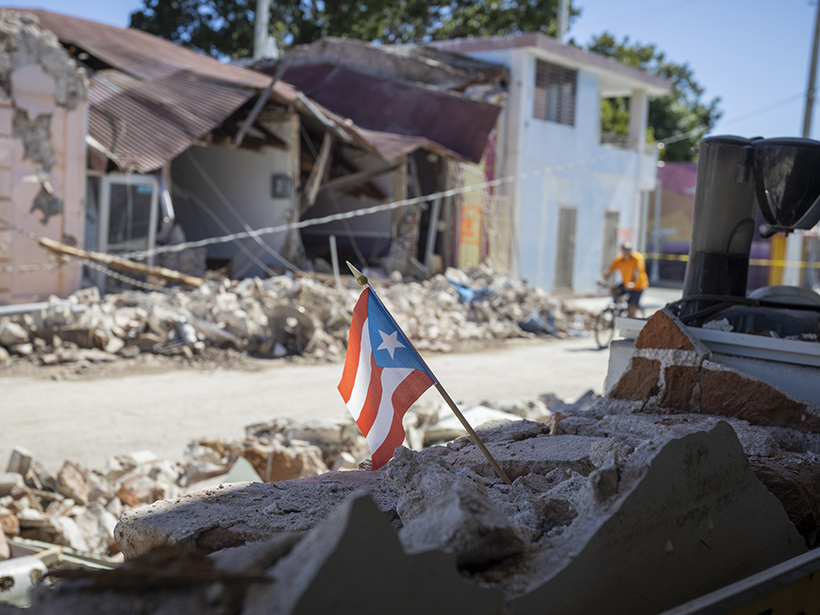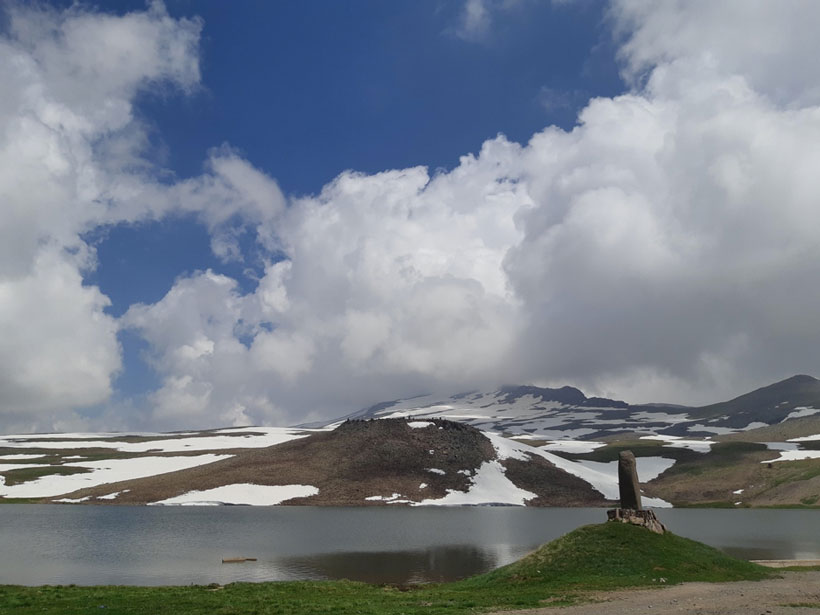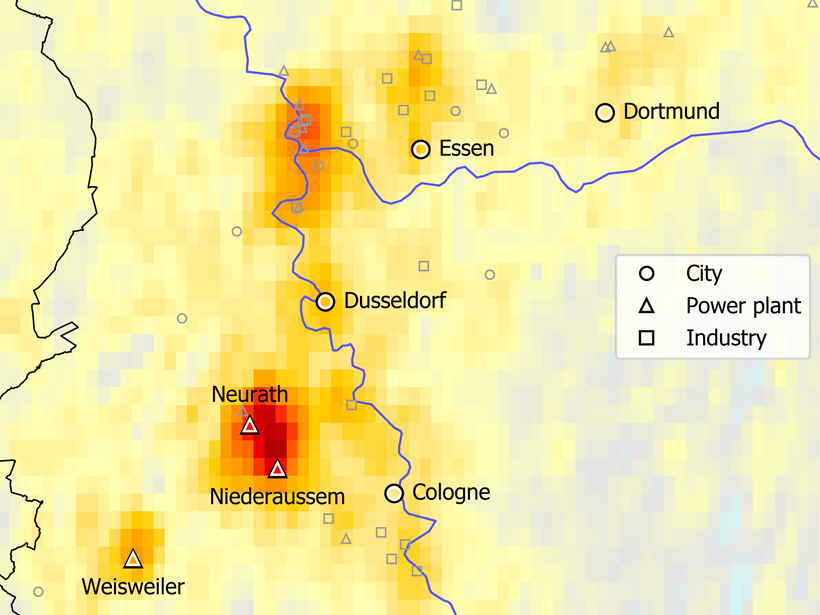Large-scale irrigation programs have triggered giant, slow-moving landslides in arid valleys, leading to the destruction of both traditional and modern farmland.
Hazards & Disasters
Five Environmental Consequences of Australia’s Fires
Australia’s road to recovery may be long: Here’s a developing list of how the fires are affecting glaciers, wildlife, water supplies, and global carbon emissions.
Amazon Fires Contribute to Andean Glacier Melting
New research finds that black carbon emissions produced by fires in the Amazon cause glaciers in the Andes to absorb more sunlight and melt more.
Rare Earthquake Swarm Strikes Puerto Rico
Puerto Rico hasn’t seen this many strong quakes in a single sequence since seismic monitoring began 46 years ago. The last earthquake to damage the island this badly occurred in 1918.
Understanding High-Energy Physics in Earth’s Atmosphere
Thunderstorms present a variety of hazards, including emissions of ionizing radiation. An international group of scientists met at an Armenian observatory to share their findings.
Australia, Your Country Is Burning—Dangerous Climate Change Is Here With You Now
I am a climate scientist on holiday in the Blue Mountains, watching climate change in action.
Pinpointing Emission Sources from Space
Satellite data combined with wind models bring scientists one step closer to being able to monitor air pollution from space.
Bikini Seafloor Hides Evidence of Nuclear Explosions
Seafloor mapping has revealed a crater and several shipwrecks persisting 73 years after the world’s first underwater nuclear test.
What Do You Get When You Cross a Thunderstorm with a Wildfire?
Lightning, fire vortices, and black hail are some of the frightening features of fire-fueled storms, which may become more common in the future.
Seismic Sensors in Orbit
Navigation satellites are enabling high-precision, real-time tracking of ground displacements, supplementing traditional methods for monitoring and assessing earthquakes.

